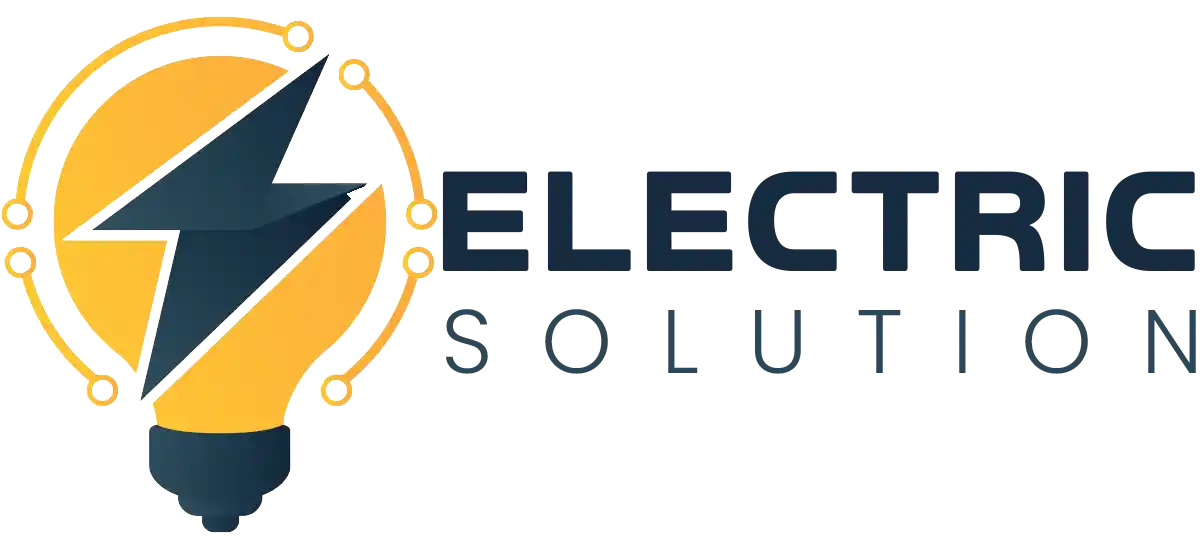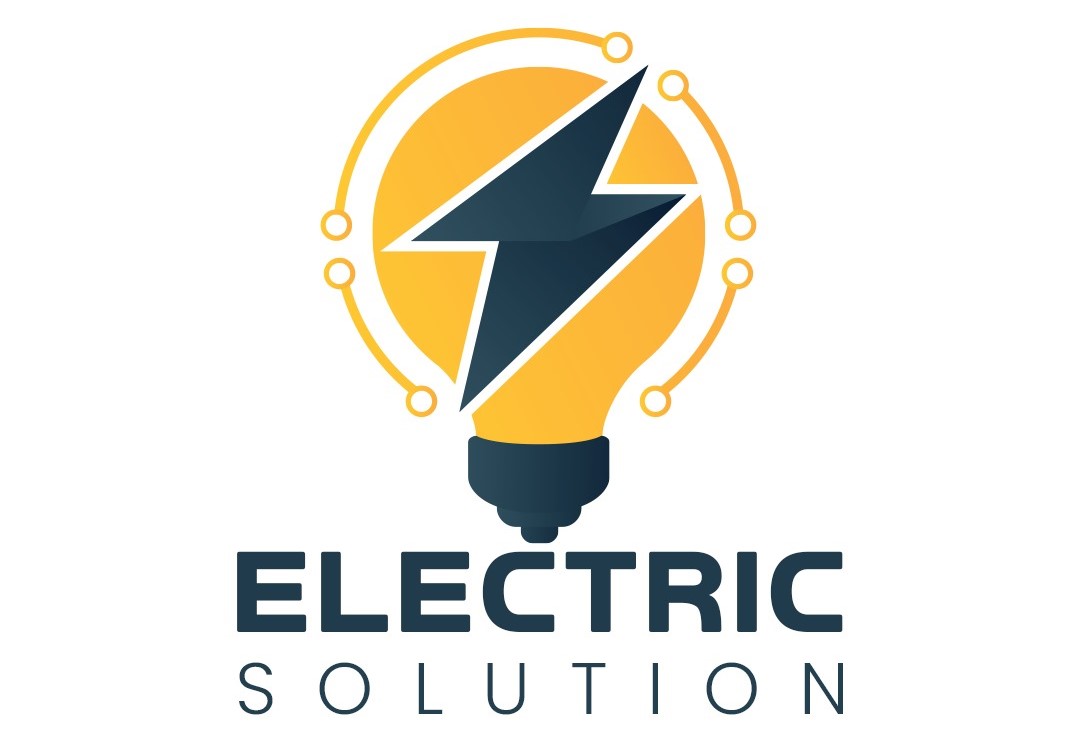Introduction
Solar energy emerges as a promising renewable energy source because it provides a sustainable solution compared to traditional fossil fuels. The sunlight provides the power to operate solar panels which transform this power into electricity and water heat and industrial facility energy. The increasing awareness about climate change along with the expanding energy needs makes solar energy appear as a practical solution to build a cleaner upcoming period. This paper takes an in-depth look at solar energy by reviewing its operational elements together with its advantages and limitations as well as its upcoming potential.
Solar Energy: A Promising Renewable Source for a Sustainable and Eco-Friendly Future
What is Solar Energy?
Solar energy consists of sunlight radiation which PV cells and solar thermal systems turn into practical energy. The clean power source emerges from solar energy capture which turns into electrical or thermal energy.
How Solar Energy Works
Two basic methods exist to derive energy from solar power.
1. Mon crystalline silicon or other semiconductor materials exist in photovoltaic (PV) systems to transform solar radiation into direct current electricity (DC). Through an inverter process the produced electric power turns into alternating current (AC) for residential and industrial applications.
2. Solar Thermal Systems embrace sunlight rays to create heat which can be utilized to heat water and spaces and generate power using CSP technology.
Benefits of Solar Energy
1. Renewable and Sustainable
Solar energy stands apart from conventional fossil fuels because it possesses vast plentiful amounts which will never run out. During one hour the sun produces energy which exceeds the annual global energy requirements.
2. Reduces Greenhouse Gas Emissions
Solar power generation produces no carbon emissions which allows for both climate change mitigation as well as decreased pollution in the environment.
Unlocking the Power of the Sun: Key Benefits of Solar Energy for a Sustainable Future
3. Lower Electricity Bills
Homeowners and businesses that produce electricity for themselves lower their dependency from grid-powered electricity while saving expenses.
4. Low Maintenance Costs
Solar panels require minimal maintenance. The lack of moving components within solar panels enables them to maintain service for 25 to 30 years with appropriate maintenance practice.
5. Energy Independence
The investment of solar energy by nations allows them to decrease their intake of fossil fuel imports therefore securing their national energy supplies.
Challenges of Solar Energy
1. Intermittency Issues
The generation of solar power through sunlight becomes unreliable at night or when the sky becomes overcast. This problem gets resolved by implementing energy storage solutions using batteries.
2. High Initial Costs
Solar energy infrastructure remains costly at first even though prices have lowered for the technology. Solar power investments become accessible through governmental programs which offer both incentives and tax reductions toward the initial expenses.
3. Space Requirements
Solar power operations spanning wide areas demand extensive land territory thus posing challenges in areas with high population densities.
4. Energy Storage Challenges
The use of lithium-ion and solid-state batteries functions as essential components for powering houses without sunlight through consistent electricity distribution.
Figure 1: Harnessing the Sun: How Solar Energy is Captured and Converted into Power
Advances in Solar Energy Technology
Advanced solar energy technology development brings forth new solutions which improve its efficiency and make it more accessible to users.
1. The efficiency of solar energy production rises when solar panels use bifacial technology to obtain light from their front and rear surfaces.
2. The technology of Perovskite Solar Cells functions as an appealing substitute for silicon-based cells since it brings together better performance attributes with reduced manufacturing expenses.
3. Energy efficiency increases when solar panels are deployed atop water surfaces in floating solar farms which saves land resources at the same time.
4. Tesla and other companies provide homeowners with solar roof tiles which merge solar capability into regular roofing systems while maintaining their appearance.
Solar Energy in Different Sectors
Residential Use
The trend of homeowners who install rooftop solar panels serves two purposes to lower utility bills and create fewer emissions.
Commercial and Industrial Applications
The business sector transforms to solar power due to both monetary savings and environmental sustainability motivations. The growing number of corporations establishes substantial solar farms which provide power for their operation requirements.
Utility-Scale Solar Power
The worldwide construction of enormous solar power plants allows national electricity distribution to millions of homes. Noor Abu Dhabi Solar Plant operates as one of the biggest solar installations worldwide by delivering 1.2 gigawatts of electricity output.
Agricultural Applications
Solar energy enables farmers to use power for irrigation systems and greenhouse heating and solar-powered tractor innovation which improves agricultural productivity and reduces environmental harm.
Global Adoption and Policies
Various national governments support solar energy adoption through multiple financial and regulatory initiatives. For example:
The U.S. Investment Tax Credit (ITC) gives solar installation owners access to tax breaks.
Through its European Green Deal initiative governments in the region help finance renewable energy operations that involve solar power systems.
China and India currently invest massively in their solar farm expansion due to national energy consumption increase.
Future of Solar Energy
The upcoming years in solar energy present a fruitful outlook because technology advances in power efficiency and storage capacity together with reduced costs. Scientists are developing three revolutionary concepts in solar technology by studying quantum dot cells as well as space-based solar power systems and solar paints.
Conclusion
The world’s power needs find sustainable and cost-effective and ecological solution through solar energy. Modern technological innovations together with national policy support programs are making solar power more accessible than it has ever been before. The worldwide shift toward clean energy systems depends heavily on solar power which will lead to developing a sustainable future.
Final Verdict
Using solar energy has evaded its former status as an exclusive asset to become an essential tool to fight climate change alongside the global energy crisis. Solar technologies have been continuously evolving because of favorable policies and dozens of financial incentives that push forward their extensive adoption. Solar power will control over the renewable energy market as industrial development and national governments shift towards cleaner energy solutions. To achieve solar energy potential realization each population segment including personal, business and governmental institutions must actively participate. Solar energy integration into daily life practices enables us to establish a sustainable future along with environmental protection while achieving complete energy independence.


